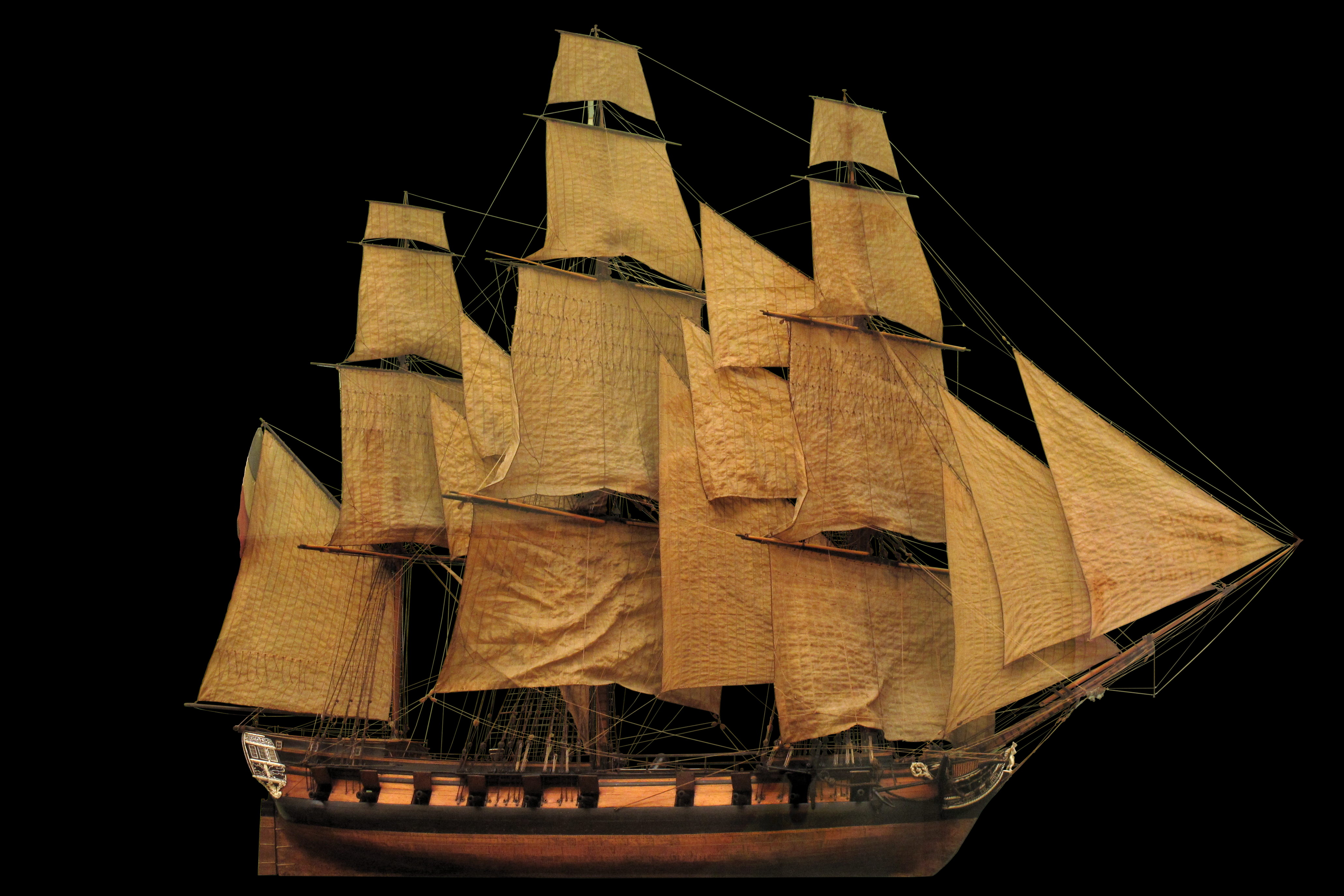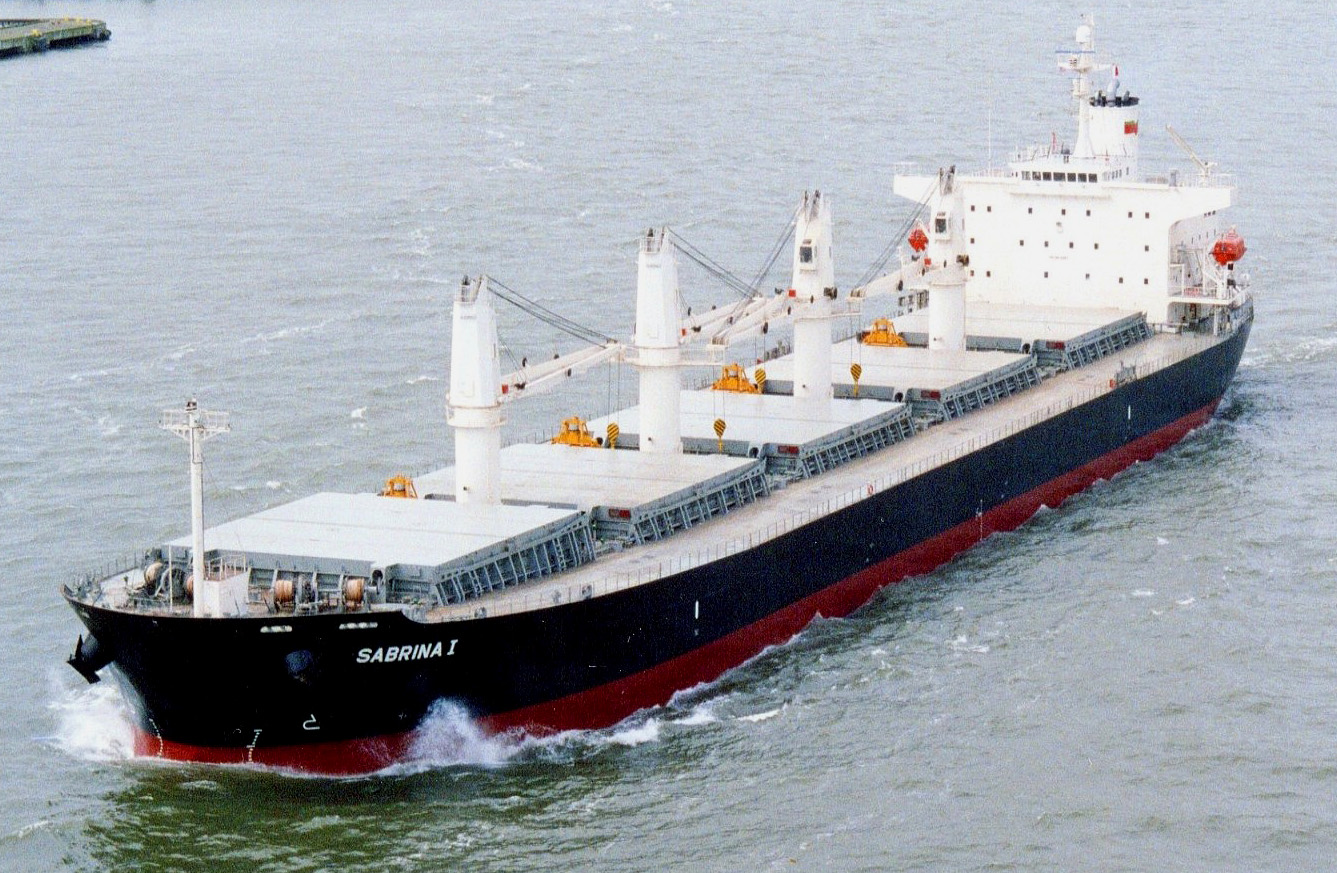|
HMS Barrosa (1889)
HMS ''Barossa'' or HMS ''Barrosa'', named for the Battle of Barrosa (1811), has been the name of four ships of the British Royal Navy: * , a 36-gun fifth rate launched in 1812 and sold in 1841 * , a wooden screw corvette with J. Watt and Co. engines, the lead ship of her class, launched in 1860 at Woolwich. She bombarded Shimonseki in 1864, and twice visited China. She was scrapped in 1877. * , a third-class cruiser launched in 1889 and sold in 1905 * , a launched in 1945 and sold for scrap in 1968 See also * , a bulk carrier A bulk carrier or bulker is a merchant ship specially naval architecture, designed to transport unpackaged bulk cargo—such as Grain trade, grain, coal, ore, steel coils, and cement—in its cargo holds. Since the first specialized bulk carrie ... built in 1938 {{DEFAULTSORT:Barossa, Hms Royal Navy ship names ... [...More Info...] [...Related Items...] OR: [Wikipedia] [Google] [Baidu] |
Battle Of Barrosa
The Battle of Barrosa (Chiclana, 5 March 1811, also known as the Battle of Chiclana or Battle of Cerro del Puerco) was part of an unsuccessful manoeuvre by an Anglo-Iberian force to break the French siege of Cádiz during the Peninsular War. During the battle, a single British Division (military), division defeated two French divisions and captured a French Imperial Eagle, regimental eagle. Cádiz had been Investment (military), invested by the French in early 1810, leaving it accessible from the sea, but in March of the following year a reduction in the besieging army gave its garrison of British and Spanish troops an opportunity to lift the siege. A large Allied strike force was shipped south from Cádiz to Tarifa, and moved to engage the siege lines from the rear. The French, under the command of Claude Victor-Perrin, Duc de Belluno, Marshal Victor, were aware of the Allied movement and redeployed to prepare a trap. Victor placed one division on the road to Cádiz, blocki ... [...More Info...] [...Related Items...] OR: [Wikipedia] [Google] [Baidu] |
Royal Navy
The Royal Navy (RN) is the naval warfare force of the United Kingdom. It is a component of His Majesty's Naval Service, and its officers hold their commissions from the King of the United Kingdom, King. Although warships were used by Kingdom of England, English and Kingdom of Scotland, Scottish kings from the early Middle Ages, medieval period, the first major maritime engagements were fought in the Hundred Years' War against Kingdom of France, France. The modern Royal Navy traces its origins to the English Navy of the early 16th century; the oldest of the British Armed Forces, UK's armed services, it is consequently known as the Senior Service. From the early 18th century until the World War II, Second World War, it was the world's most powerful navy. The Royal Navy played a key part in establishing and defending the British Empire, and four Imperial fortress colonies and a string of imperial bases and coaling stations secured the Royal Navy's ability to assert naval superior ... [...More Info...] [...Related Items...] OR: [Wikipedia] [Google] [Baidu] |
Fifth Rate
In the rating system of the Royal Navy used to categorise sailing warships, a fifth rate was the second-smallest class of warships in a hierarchical system of six " ratings" based on size and firepower. Rating The rating system in the Royal Navy as originally devised had just four rates, but early in the reign of Charles I, the original fourth rate (derived from the "Small Ships" category under his father, James I) was divided into new classifications of fourth, fifth, and sixth rates. While a fourth-rate ship was defined as a ship of the line, fifth and the smaller sixth-rate ships were never included among ships-of-the-line. Nevertheless, during the Anglo-Dutch Wars of the 17th century, fifth rates often found themselves involved among the battle fleet in major actions. Structurally, these were two-deckers, with a complete battery on the lower deck, and fewer guns on the upper deck (below the forecastle and quarter decks, usually with no guns in the waist on this deck). ... [...More Info...] [...Related Items...] OR: [Wikipedia] [Google] [Baidu] |
Corvette
A corvette is a small warship. It is traditionally the smallest class of vessel considered to be a proper (or " rated") warship. The warship class above the corvette is that of the frigate, while the class below was historically that of the sloop-of-war. The modern roles that a corvette fulfills include coastal patrol craft, missile boat and fast attack craft. These corvettes are typically between 500 and 2,000 tons. Recent designs of corvettes may approach 3,000 tons and include a hangar to accommodate a helicopter, having size and capabilities that overlap with smaller frigates. However unlike contemporary frigates, a modern corvette does not have sufficient endurance or seaworthiness for long voyages. The word "corvette" is first found in Middle French, a diminutive of the Dutch word ''corf'', meaning a "basket", from the Latin ''corbis''. The rank " corvette captain", equivalent in many navies to " lieutenant commander", derives from the name of this type of ship. The ... [...More Info...] [...Related Items...] OR: [Wikipedia] [Google] [Baidu] |
Lead Ship
The lead ship, name ship, or class leader is the first of a series or class of ships that are all constructed according to the same general design. The term is applicable to naval ships and large civilian vessels. Large ships are very complex and may take five to ten years to build. Improvements based on experience with building and operating the lead ship are likely to be incorporated into the design or construction of later ships in the class, so it is rare to have vessels that are identical. The second and later ships are often started before the first one is completed, launched and tested. Nevertheless, building copies is still more efficient and cost effective than building prototypes, and the lead ship will usually be followed by copies with some improvements rather than radically different versions. The improvements will sometimes be retrofitted to the lead ship. Occasionally, the lead ship will be launched and commissioned for shakedown testing before following ship ... [...More Info...] [...Related Items...] OR: [Wikipedia] [Google] [Baidu] |
Cruiser
A cruiser is a type of warship. Modern cruisers are generally the largest ships in a fleet after aircraft carriers and amphibious assault ships, and can usually perform several operational roles from search-and-destroy to ocean escort to sea denial. The term "cruiser", which has been in use for several hundred years, has changed its meaning over time. During the Age of Sail, the term ''cruising'' referred to certain kinds of missions—independent scouting, commerce protection, or raiding—usually fulfilled by frigates or sloop-of-war, sloops-of-war, which functioned as the ''cruising warships'' of a fleet. In the middle of the 19th century, ''cruiser'' came to be a classification of the ships intended for cruising distant waters, for commerce raiding, and for scouting for the battle fleet. Cruisers came in a wide variety of sizes, from the medium-sized protected cruiser to large armored cruisers that were nearly as big (although not as powerful or as well-armored) as a pre- ... [...More Info...] [...Related Items...] OR: [Wikipedia] [Google] [Baidu] |
Bulk Carrier
A bulk carrier or bulker is a merchant ship specially naval architecture, designed to transport unpackaged bulk cargo—such as Grain trade, grain, coal, ore, steel coils, and cement—in its cargo holds. Since the first specialized bulk carrier was built in 1852, economic forces have led to increased size and sophistication of these ships. Today's bulk carriers are specially designed to maximize capacity, safety, efficiency, and durability. Today, bulk carriers make up 21 percent of the world's merchant fleets, and they range in size from single-hold mini-bulk carriers to mammoth ore ships able to carry 400,000 deadweight tonnage, metric tons of deadweight (DWT). A number of specialized designs exist: some can unload their own cargo, some depend on port facilities for unloading, and some even package the cargo as it is loaded. Over half of all bulk carriers have Greek, Japanese, or Chinese owners, and more than a quarter are registered in Panama. South Korea is the largest ... [...More Info...] [...Related Items...] OR: [Wikipedia] [Google] [Baidu] |



